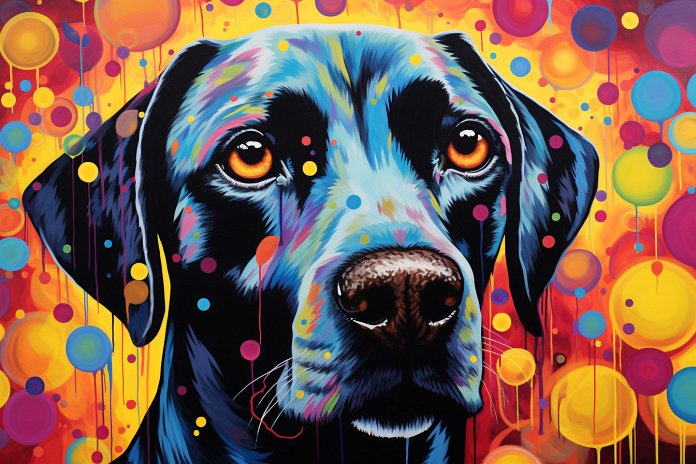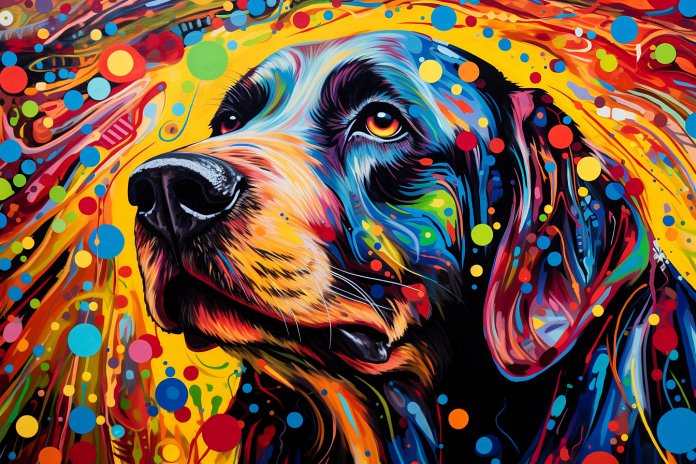
It’s no surprise that dogs have powerful noses. They have been used to detect cancers, find missing persons, and even sniff out drugs. But did you know that dogs can also smell bacteria? In this article, we’ll explore how dogs’ sensory receptors work and how you can train your dog to detect bacteria.
Signs Dogs Can Smell Bacteria
Superbug infections, such as Clostridium difficile (C. difficile), have become a problem due to widespread antibiotic use. These infections often occur in hospital patients. C. difficile releases toxins that cause symptoms like diarrhea and fever. Antibiotic treatment can be difficult due to drug resistance. However, recent studies have shown that dogs can quickly and efficiently detect C. difficile, allowing for immediate disinfection.
Body Language
When dogs detect bacteria, they may display signs such as alertness, sniffing, raised tail and ears, and other anxious behaviors like stopping abruptly or eyeing something.
The Science Behind Dogs Smelling Bacteria
Dogs have about 25 times more smell receptors than humans, allowing them to detect concentrations 100 million times lower. They also have infrared detection capabilities. Researchers in the Netherlands trained a Beagle named Cliff to detect C. difficile by teaching him to sit or lie down when he detected the bacteria. Cliff accurately identified positive and negative stool samples and successfully detected infections in live patients. Other trainers have since replicated this method.
Training Your Dog to Smell Bacteria
In Canada, trainers have taught an English Springer Spaniel named Angus to detect C. difficile using similar techniques used for training dogs to detect bombs or drugs. Angus associates the scent with food rewards, and her training took about 10 months. If you’re interested in training your own dog, consider contacting an animal behaviorist or professional trainer.
“Unleash your dog’s superpower: Training them to smell out bacteria”

Tips & Things to Know
1️⃣ Dogs have an incredible sense of smell and can be trained to detect specific bacteria, such as Clostridium difficile. This can be especially useful in hospitals to identify infections and prevent the spread of disease.
2️⃣ Some signs that your dog may have detected bacteria include being alert, sniffing, having their tail up, and ears up. Other signs may include stopping dead in their tracks, anxious behavior, or eyeing something.
3️⃣ Dogs have about 25 times more smell receptors in their noses than humans, allowing them to detect concentrations of bacteria at much lower levels. If you’re interested in training your own dog to smell bacteria, it’s recommended to contact an animal behaviorist or professional trainer.
Frequently Asked Questions, Answered ✅
1. What are some signs that a dog has detected bacteria?
– Some signs that a dog has detected bacteria may include alertness, sniffing, tail up, and ears up. Other signs may include stopping dead in their tracks, anxious behavior, and eyeing something.
2. How many times more smell receptors do dogs have compared to humans?
– Dogs have about 25 times more smell receptors in their noses than humans.
3. How did researchers train a dog named Cliff to detect C. difficile?
– Researchers trained Cliff to identify scents that change in body chemistry when individuals are infected with C. difficile. Cliff was trained to sit or lie down when he detected this bacteria.
4. How accurate was Cliff in detecting C. difficile?
– Cliff was able to correctly identify all of the positive C. difficile stool samples and a high percentage of negative samples. He also correctly identified infected patients during an outbreak.
5. How long did it take to train Angus, an English Springer Spaniel, to detect C. difficile?
– Angus’ training took about 10 months before she was brought into Canadian hospitals to detect C. difficile.